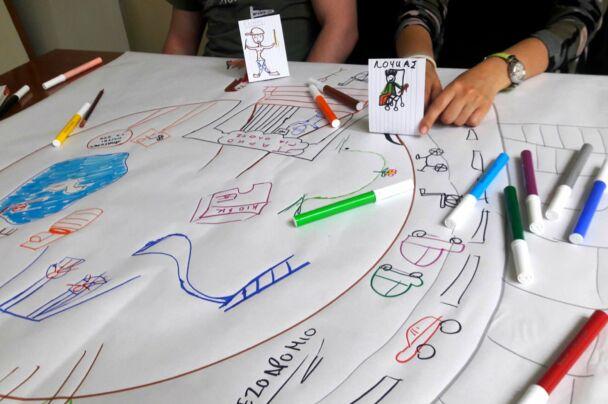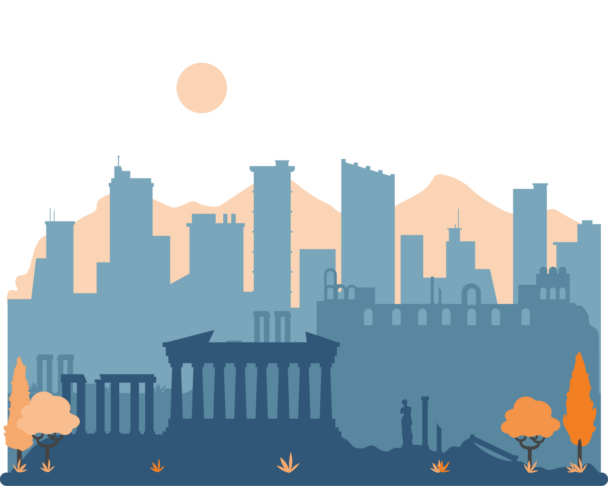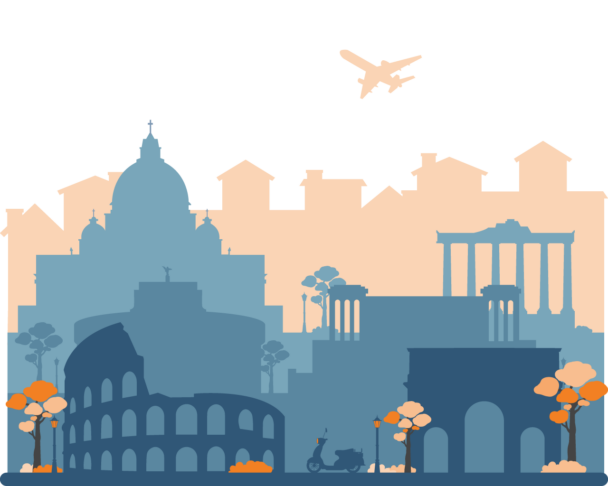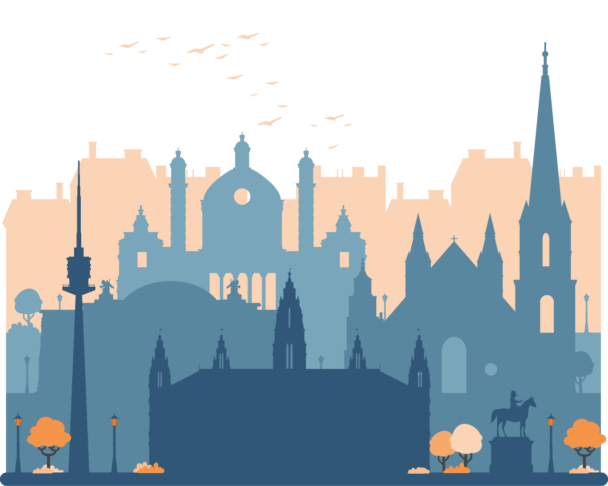Description
In today’s media-saturated society, we often find ourselves competing for students’ attention with the professionally crafted stories of popular book series, movie franchises, and video games.
How can we kindle our students’ interest without sacrificing the quality of our lessons in misguided efforts to make learning ‘fun’? What if we could foster deeper engagement with curriculum content, by turning students into creators rather than consumers of stories?
Creating Storyworlds – a concept familiar to novelists, screenwriters, and game designers – can provide a concrete and manageable structure for engaged learning in the classroom. In this course, participants acquire hands-on familiarity with designing elements of a storyworld and facilitating learning through story-building.
They also experience the role of students engaged in building stories together. Hands-on experience is complemented with reflection and planning, so that participants can consolidate their understanding and apply it to their specific context.
Storyworlds are easy to make and very versatile, as they can support a wide range of curriculum content, from language learning to history and science.
They enable inclusive learning activities that draw on diverse student abilities and foster 21st-century skills including critical thinking, effective communication, creativity, problem-solving, and dealing with ambiguity and uncertainty. They are particularly suitable for tackling complex topics, such as citizenship, inclusion, civic engagement, and environmental action.
Participants will get the most out of the course if they come prepared to work on specific topics from their own curriculum. This will allow them to bring home Storyworld units that are readily usable in their classrooms.
What is included
Learning outcomes
The course will help the participants to:
- Discover the potential of creating storyworlds for learning and engagement;
- Identify areas in their curriculum that they can approach through storyworlds;
- Design effective storyworld elements for specific curriculum goals;
- Manage collaborative story-building and facilitate students’ learning;
- Understand how to integrate storyworlds into lesson units;
- Complete at least one storyworld unit that they can use in their classroom.
Tentative schedule
Day 1 – Introduction to the course and Stories from the Ground up
- Introduction to the course, the school, and the external week activities;
- Icebreaker activities;
- Presentations of the participants’ schools.
Stories from the Ground Up: The Basics
- Creating our first simple storyworld;
- Key Storyworld elements.
Day 2 – Building Stories Together
- Completing our first storyworld and using it to develop a story;
- Variations of collaborative story-building to serve different goals and accommodate diverse student abilities;
- Reflecting on the potential of storyworlds for engaged learning.
Day 3 – Storyworlds and the Curriculum
- Brainstorming about curriculum content and learning objectives that can be approached through storyworlds;
- Choosing curriculum topics and designing suitable storyworld elements;
- Embedding curriculum into storyworlds: what do we want the students to be thinking about and talking about as they are story-building and how can we design this into our storyworlds?
Day 4 – Storyworlds in Action
- Structuring collaborative activity, student assignments and ‘rules of the game’;
- Facilitating story-building and identifying teachable moments;
- Story-building and learning: the imagination-inquiry cycle;
- ‘Test driving’ our storyworlds.
Day 5 – Planning the Integration of Storyworlds in the Classroom
- Revisiting the potential (and pitfalls) of storyworlds, based on what we discovered in our ‘test-drives’;
- Adapting storyworlds to the challenges and constraints of particular classroom situations;
- Planning lessons around storyworlds.
Day 6 – Course closure and cultural activities
- Course evaluation: round-up of acquired competencies, feedback, and discussion;
- Awarding of the course Certificate of Attendance;
- Excursion and other external cultural activities.



